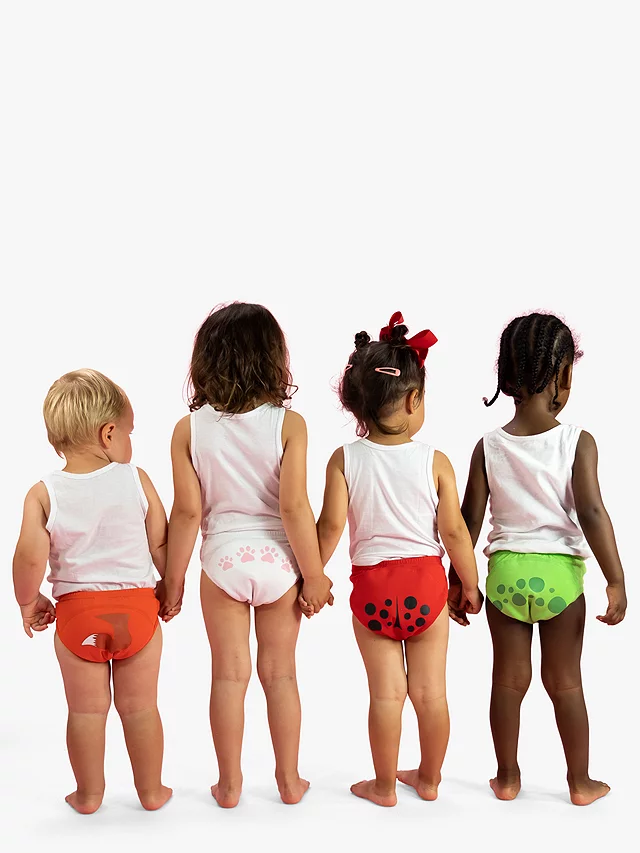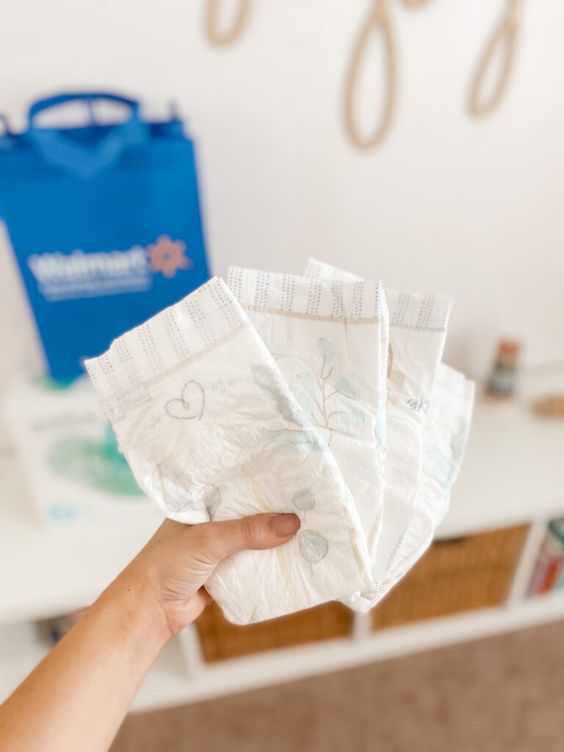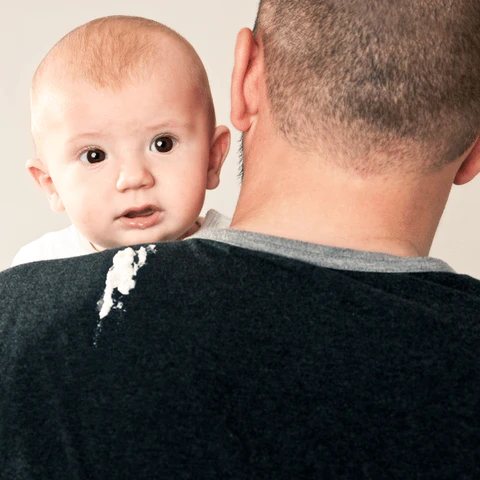Potty-Training Pants: Trusty Allies on the Path to Potty Independence
Potty training is a significant milestone in a child’s development, marking their transition from diapers to using the toilet independently. It’s a journey filled with excitement, anticipation, and perhaps a few trepidations for both parents and children. While there are disposable diapers readily available, potty-training pants can be a valuable tool during this crucial phase.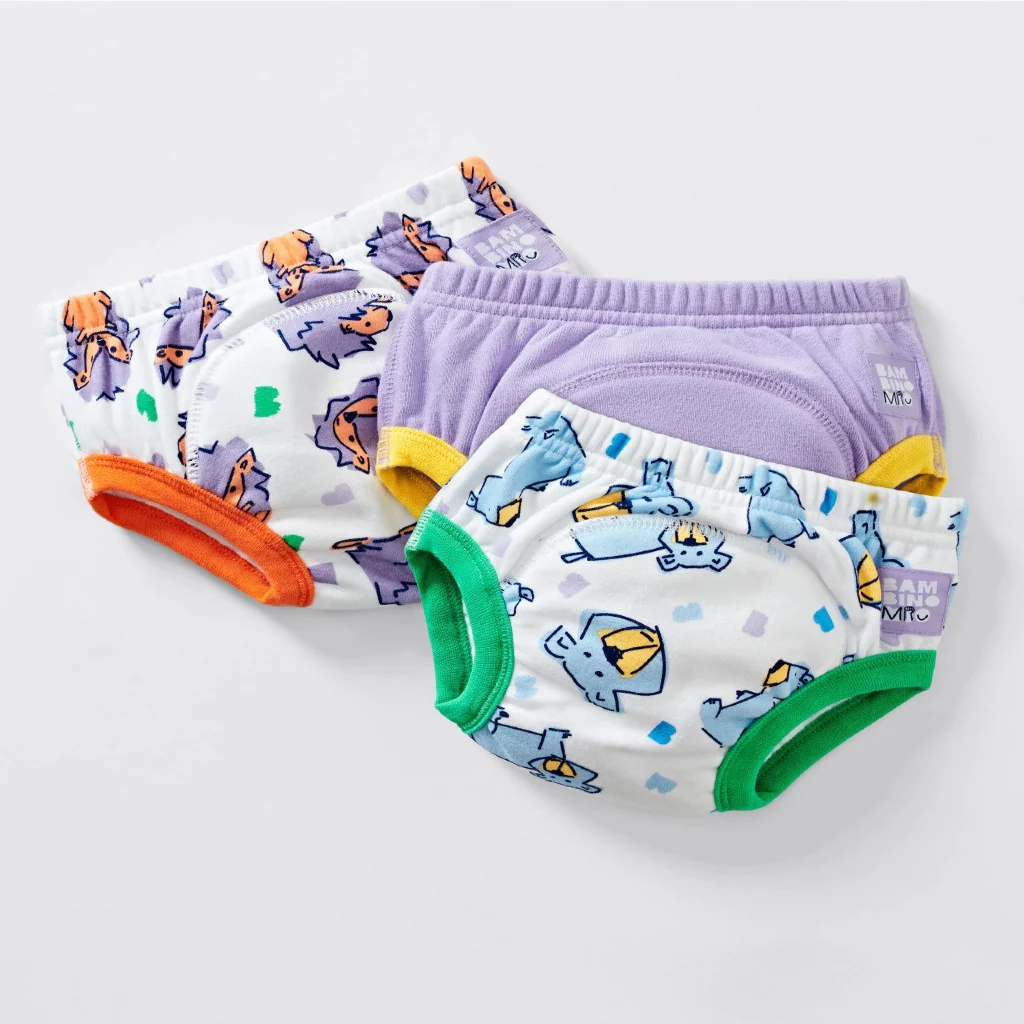
Understanding Potty-Training Pants: What They Are and How They Differ from Diapers
Potty-training pants, often referred to as pull-up pants, training pants, or reusable diapers, are absorbent garments designed to be worn during potty training. They differ from diapers in a few key ways:
- Feel and Fit: Potty-training diapers are made from softer, more cloth-like materials compared to the bulkier, plastic-backed material of diapers. This allows children to feel wetness, which can help them associate the sensation with using the potty.
- Washable or Disposable: Potty-training pants come in both disposable and reusable options. Disposable options offer convenience, while reusable options are more eco-friendly and cost-effective in the long run.
- Level of Absorbency: Potty-training pants are generally less absorbent than diapers. This intentional design serves a purpose. By feeling wetness, children are more likely to recognize the urge to urinate and head for the potty.
The Benefits of Potty-Training Pants: A Supportive Step on the Potty Training Journey
Potty-training diapers offer several advantages during potty training. Here’s a closer look at the ways they can benefit both children and parents:
- Enhanced Comfort and Mobility: The softer, more breathable materials used in potty-training pants provide greater comfort for children compared to bulky diapers. This allows for unrestricted movement and a sense of growing independence.
- Promoting Potty Awareness: The reduced absorbency of potty-training pants allows children to feel wetness, which can be a crucial learning tool. This sensation helps them associate the feeling with using the potty and motivates them to seek out the toilet when they need to go.
- Gradual Transition from Diapers: Potty-training pants bridge the gap between diapers and underwear. The familiar pull-up style offers a sense of security for children while gradually introducing them to the feeling of wetness.
- Reduced Laundry Loads (For Reusable Options): Compared to disposable diapers, reusable potty-training pants can significantly reduce laundry loads. This translates to cost savings and a lessened environmental impact.
- Accident Protection with Convenience (For Disposable Options): Disposable potty-training diapers offer a layer of protection against accidents during potty training outings or while traveling. This convenience provides peace of mind for parents and allows for continued exploration without constant worry about leaks.
Choosing the Right Potty-Training Pants: Factors to Consider
With a variety of potty-training diapers available, selecting the right ones for your child is important. Here are some factors to consider:
- Disposable or Reusable: Disposable options offer convenience, while reusable options are more eco-friendly and cost-effective in the long run. Consider your lifestyle and environmental preferences.
- Size and Fit: Ensure the potty-training pants fit your child snugly but comfortably. Loose-fitting diapers might leak, while overly tight ones can cause discomfort.
- Material: Look for soft, breathable materials that are gentle on your child’s skin. Cotton or bamboo blends are popular choices.
- Absorbency Level: Choose a level of absorbency that balances accident protection with promoting potty awareness. More absorbent options might delay potty learning.
- Features: Some potty-training diapers come with features like tear-away sides for easier removal during diaper changes or wetness indicators that change color when wet.
Using Potty-Training Pants Effectively: Tips for Success
Here are some tips to maximize the effectiveness of potty-training pants during your child’s potty training journey:
- Pair with Potty Training: Potty-training pants are not meant to replace diapers entirely. Use them strategically during potty training times or outings when accidents are more likely.
- Promote Potty Awareness: Explain to your child that they might feel wet when using potty-training pants. This association helps them connect the sensation to using the potty.
- Celebrate Successes: When your child uses the potty successfully, celebrate their achievement! Positive reinforcement motivates them to continue trying.
- Be Patient with Accidents: Accidents are inevitable during potty training. Stay calm, clean up messes without scolding, and offer reassurance.
Transitioning to Underwear: The Ultimate Goal
Once your child demonstrates consistent dryness and understanding of potty cues, it’s time to transition from potty-training diapers to underwear. Here’s how to navigate this final step:
- Start Slowly: Begin by introducing underwear for short periods at home, like during playtime. This allows your child to get accustomed to the feeling and identify potty needs.
- Embrace Accidents: Accidents are still likely during this transition phase. Stay calm, offer reassurance, and help your child change into clean underwear.
- Positive Reinforcement: Celebrate even small victories, like successfully using the potty or managing an accident calmly. This encouragement keeps your child motivated.
- Offer Choices: Let your child choose their favorite underwear designs or characters. This sense of ownership can increase their excitement about wearing underwear.
- Nighttime Potty Training: Nighttime potty training might take longer than daytime. Continue using nighttime diapers until your child demonstrates consistent dryness overnight.
Potty-Training Pants: Not a One-Size-Fits-All Solution
Potty-training pants are a valuable tool, but they might not be for every child. Here are some considerations:
- Some Children Might Resist: Not all children readily accept potty-training diapers. If your child shows strong resistance, it might be best to wait a while and try again later.
- Focus on Readiness: Potty-training pants are most effective when used alongside other potty training strategies and when your child exhibits signs of readiness.
- Open Communication is Key: Talk to your pediatrician if you have any concerns about your child’s potty training progress. They can offer guidance and support tailored to your child’s specific needs.
Conclusion: A Rewarding Journey with the Right Support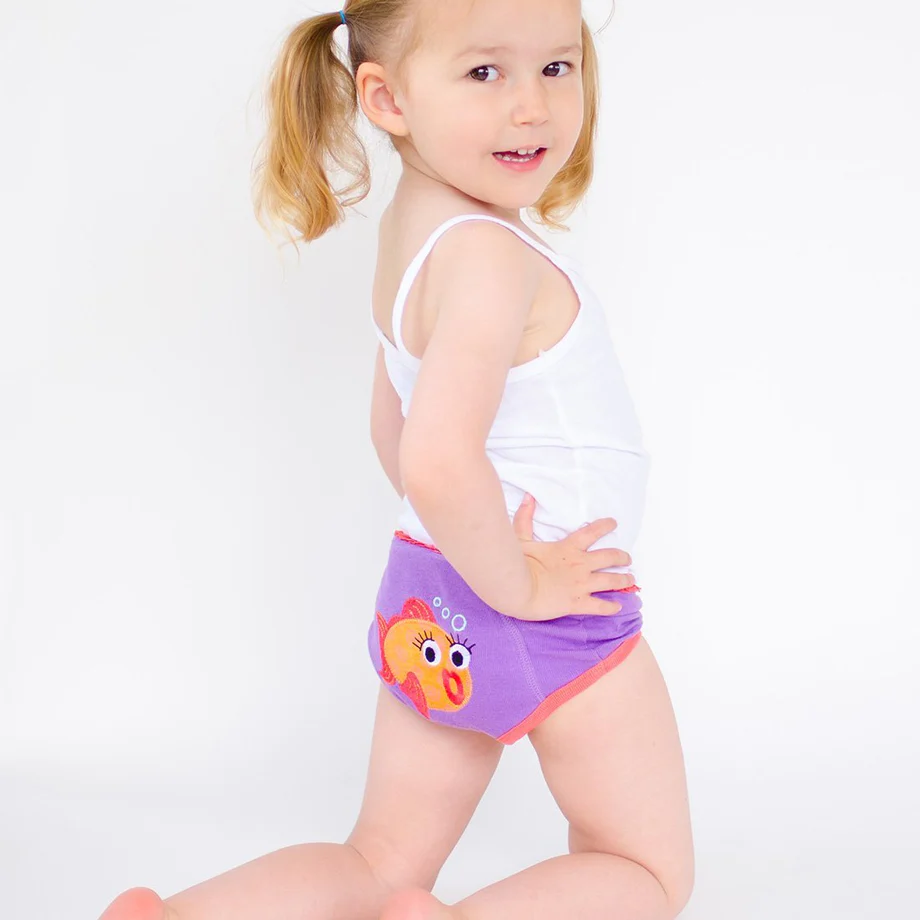
Potty training is a journey filled with milestones, setbacks, and everything in between. Potty-training pants can be a valuable tool during this crucial phase, offering comfort, promoting potty awareness, and providing a sense of security for both children and parents. By understanding their benefits, choosing the right ones for your child, and using them effectively, you can empower your child on their path to potty independence. Remember, patience, positive reinforcement, and a supportive environment are key ingredients for a successful potty training journey.

